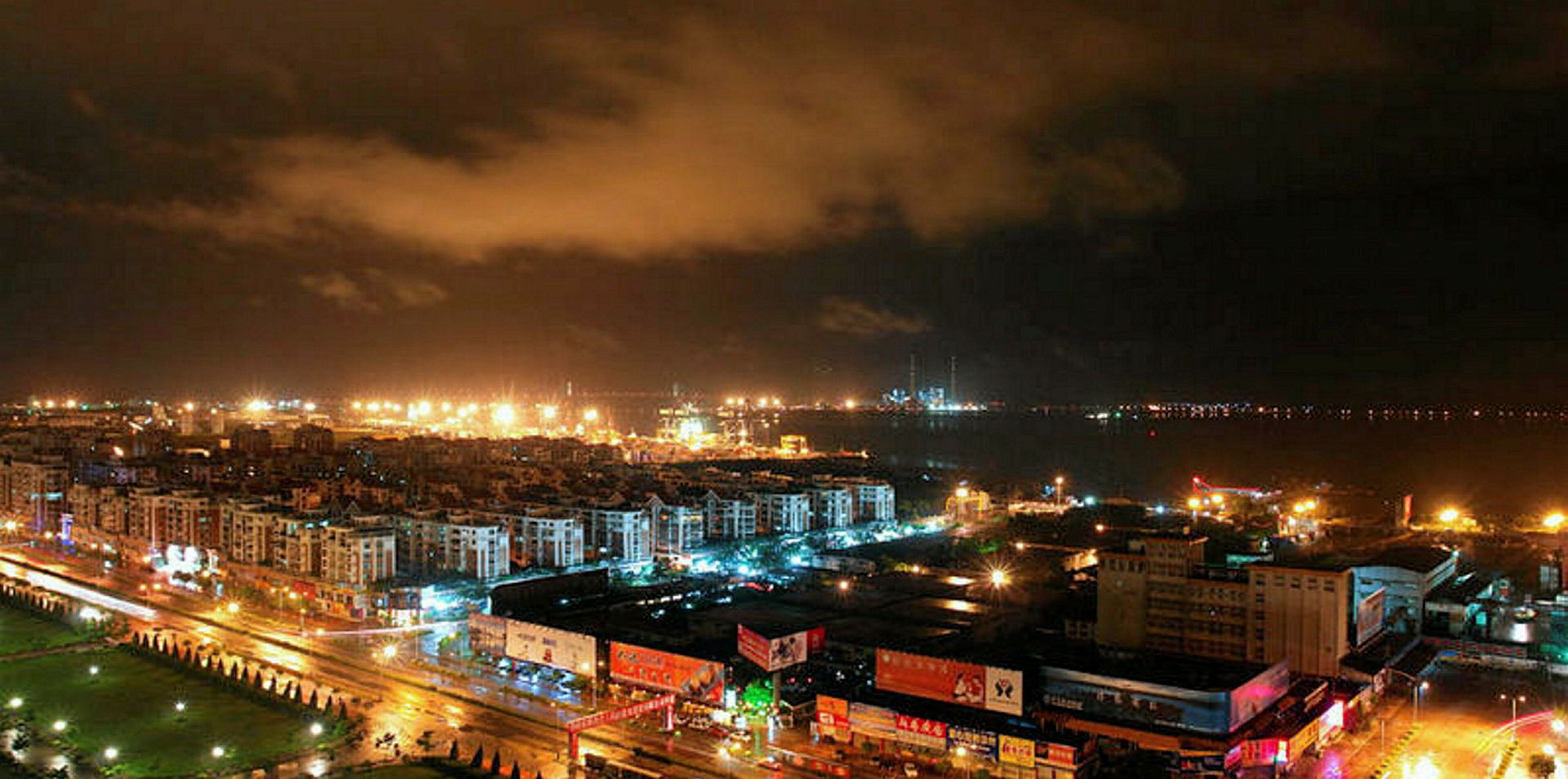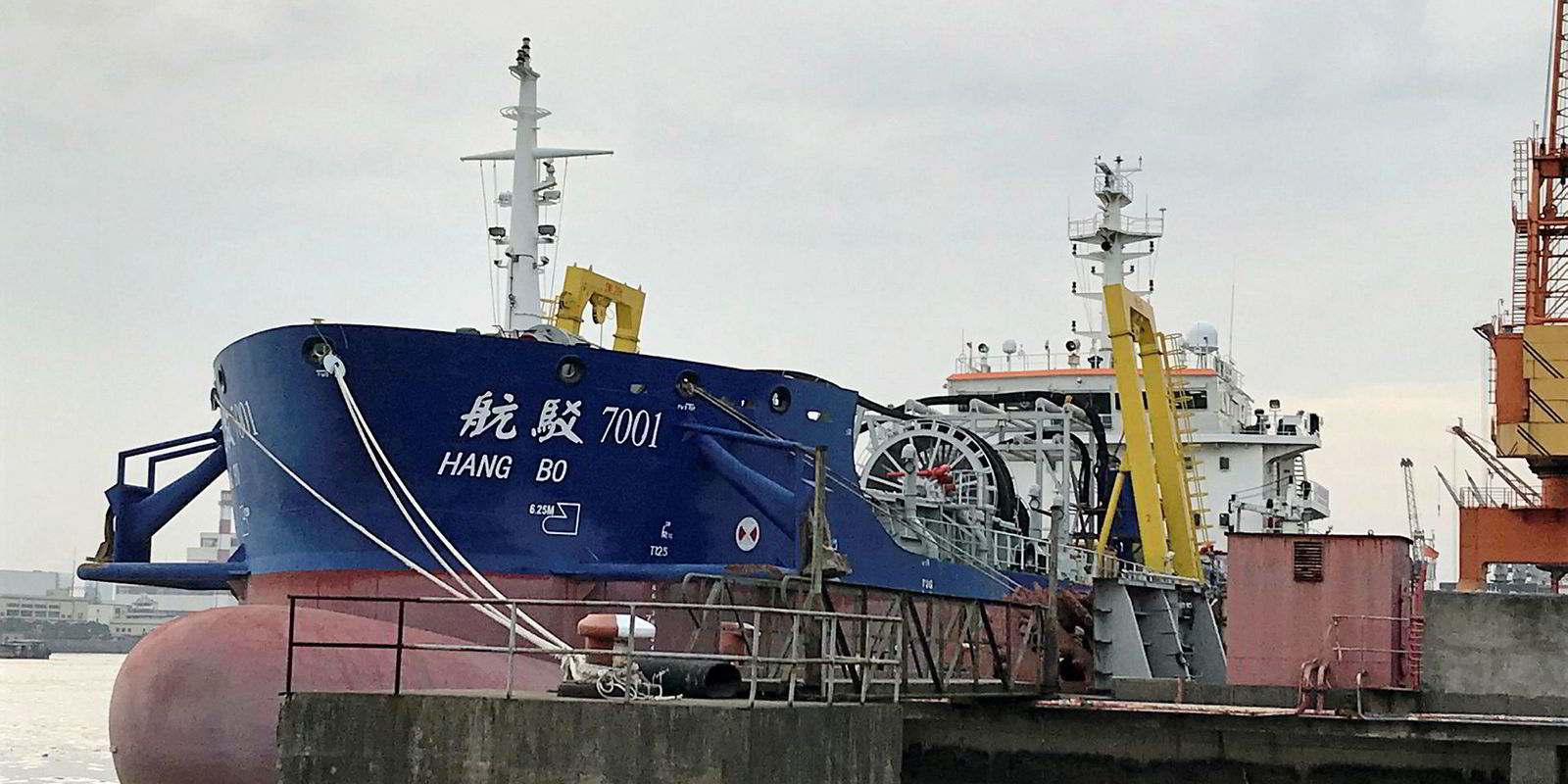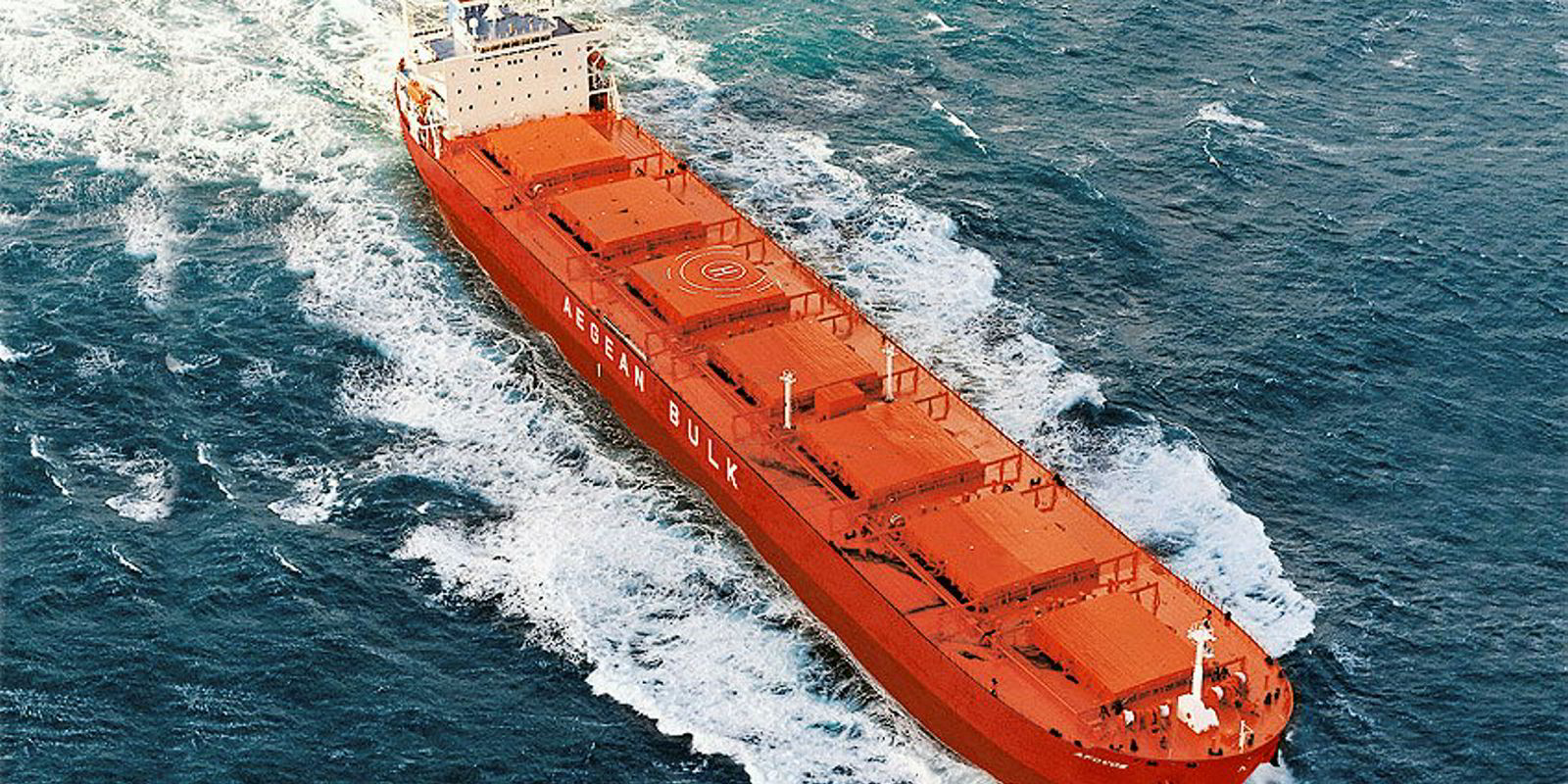Chinese authorities in three coastal provinces have joined in a first-ever multi-province campaign to crack down on illegal sand mining at sea.
The maritime law-enforcement campaign began on Monday, and comes less than two weeks after TradeWinds broke the story of a large-scale offshore sand trade, in which bulkers of up to post-panamax size load in the waters of the Taiwan Strait and South China Sea off Shantou, outside of the coastal shipping lanes.
The relatively shallow waters of the Taiwan Strait are rich in sand and marine life, and are strictly policed by Chinese authorities, which keep the domestic fishing fleet of Fujian province in port during a three-month spawning period each year, which began this month.
Industry news site China Sand and Stone Aggregate Network cites Guangdong province maritime and fisheries officials as saying 18 seagoing law-enforcement vessels and 30 speedboats will spend the next month cracking down on sand mining in the coastal waters off the southern provinces of Guangxi, Hainan and Guangdong.
Starting from the southern Hainan resort and port of Sanya, 300 officers will take part in what is described as the first such marine law-enforcement action across provincial borders.
Sanya is the extreme southern point of China's territory, and an enforcement fleet starting from there could take some time to reach the site of China's heaviest sand mining.
Shantou is located in Guangdong, near the provincial border with Fujian, and the loading currently takes place in a 10-square-kilometre space, around 80 to 90 kilometres (50 to 56 miles) off the Fujian-Guangdong border. Vessel tracking sites currently show Zerui Shipping's 74,400-dwt Rui Kang 16 (ex-Afovos, built 2001) and two other Chinese-flag bulkers in the relevant area. The Rui Kang 16 has loaded four times in the offshore sand bank since early April.
Meanwhile, Chinese media in Fujian province report a similar ongoing action by provincial maritime and fisheries authorities there, with strict penalties advertised for illegal and environmentally destructive sand mining.
However, sources with insight into the business say it is not clear what legal limits apply to dredgers and bulkers involved in the offshore sand trade.
Provincial marine law-enforcement officials could not be reached before TradeWinds went to press. Previous government announcements of anti-sand mining campaigns have mostly concentrated on rivers, beaches and near-coastal waters.
The background for the sea sand trade is an increasing demand at coastal and inland sand desalination plants, driven by tightening supply of river sand, which is more readily usable in construction.






